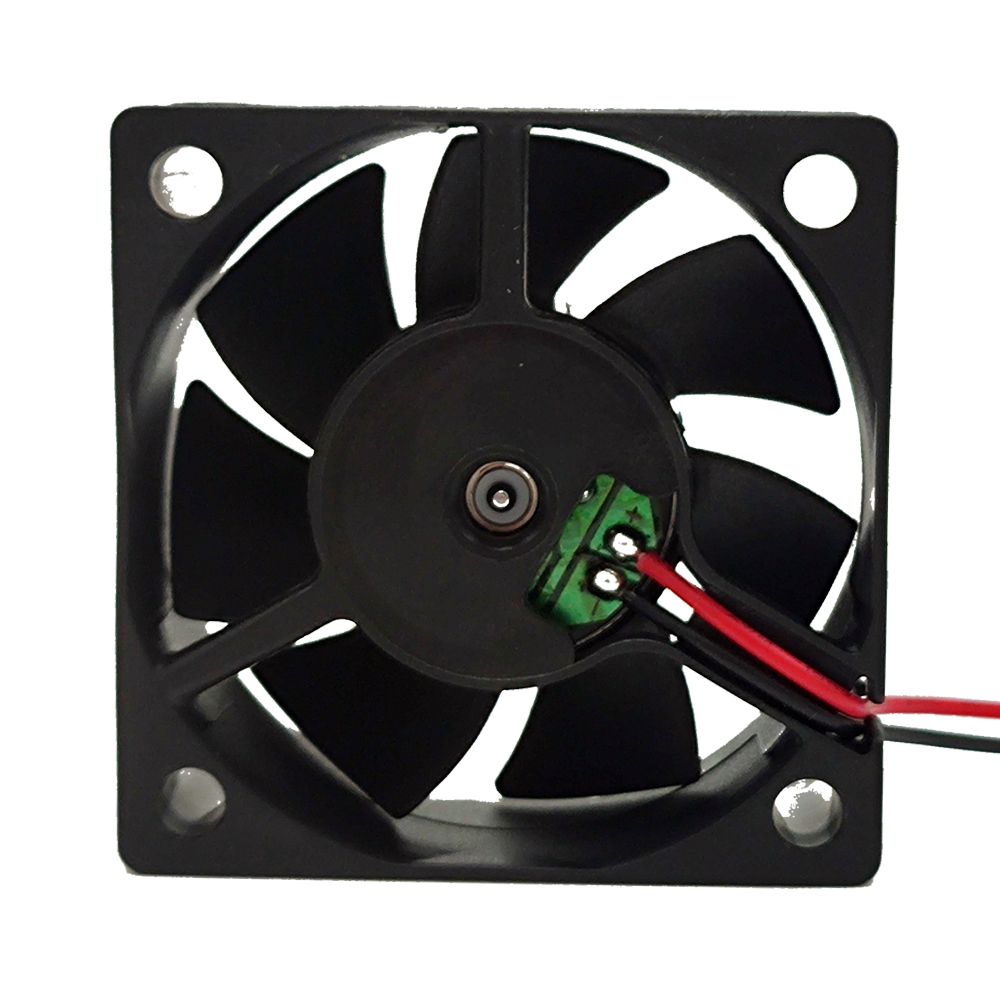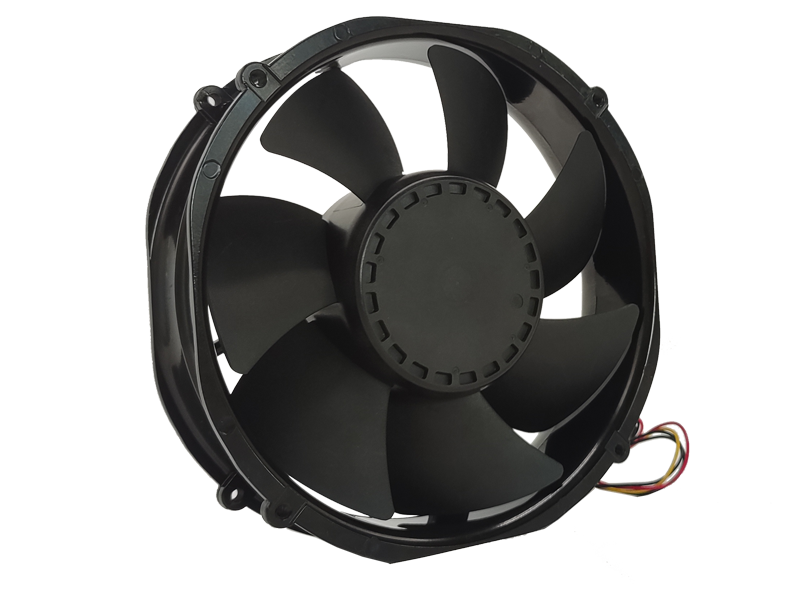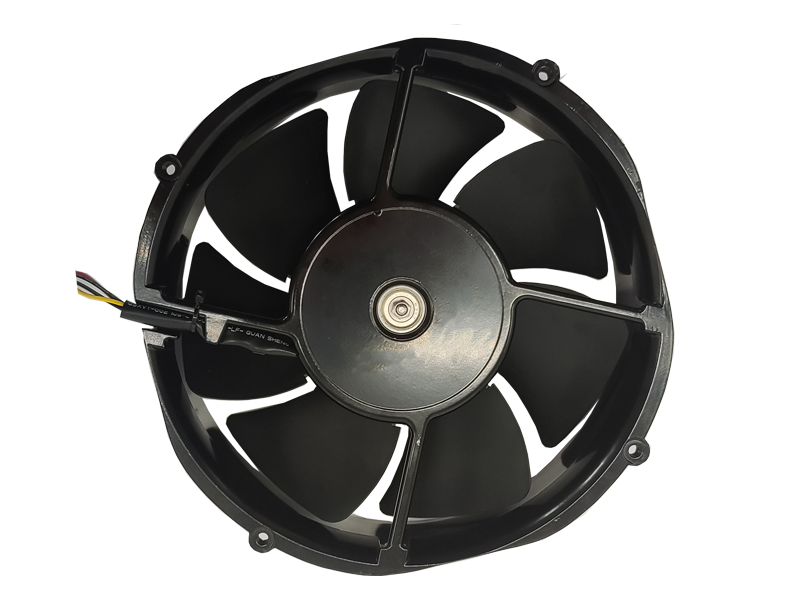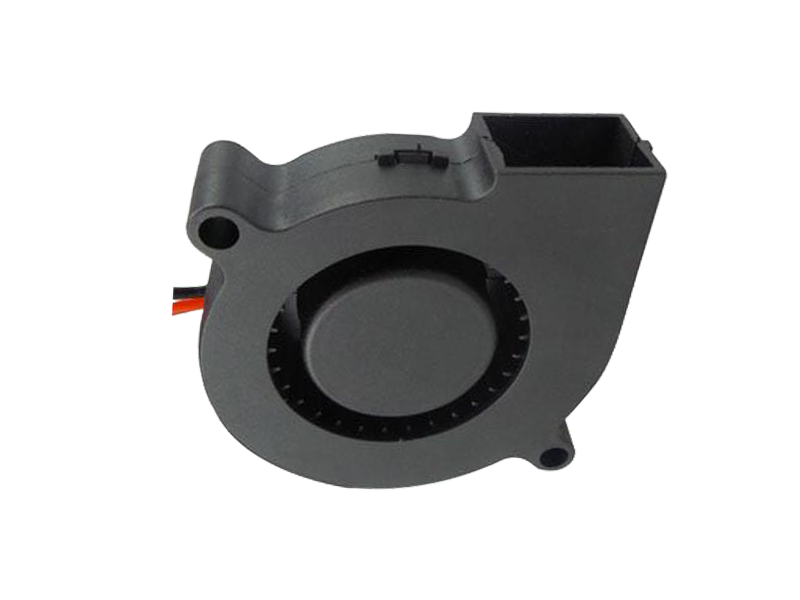Industrial fans are indispensable components across a wide range of industries. Whether it's cooling machinery in a factory, maintaining airflow in a warehouse, or ensuring proper ventilation in an agricultural setting, industrial fans are essential for efficient operations. From a product perspective, designing industrial fans goes beyond simply creating a powerful motor and blades. The balance between cost and performance is a critical aspect of fan design, as businesses seek solutions that offer the best value without compromising quality.
In this article, we will examine how product manufacturers balance the cost of industrial fans with performance requirements, durability, and operational efficiency. We will also discuss how manufacturers can make industrial fans more cost-effective without sacrificing essential features and long-term value.
I. The Role of Cost in Industrial Fan Design
When designing industrial fans, cost is one of the most important factors. Industrial fans can be significant capital investments, especially when considering their use in large-scale systems. To maintain a competitive edge in the market, manufacturers must find ways to create high-performance, durable fans that remain cost-effective.
Initial Cost vs. Total Cost of Ownership (TCO)
While the initial purchase cost of an industrial fan is always a consideration, the total cost of ownership (TCO) is equally important. TCO takes into account the long-term costs associated with the fan, including energy consumption, maintenance, and potential downtime.
In many cases, fans with higher initial costs—due to features such as advanced motors, energy efficiency, or durable materials—can provide significant savings over time. For example, a fan with a high-efficiency motor might cost more upfront but consume less energy, lowering operational costs over its lifespan. Similarly, a fan built with high-quality materials may require fewer repairs or replacements, reducing maintenance costs.
Choosing the Right Materials
Material selection plays a key role in determining both the cost and performance of an industrial fan. Manufacturers can choose between high-quality materials that last longer and lower-cost options that may need to be replaced more frequently.
For instance, while stainless steel or high-performance composites might be more expensive, they offer better durability in harsh conditions compared to cheaper, less resilient materials like aluminum or plastic. Balancing the use of premium materials with cost-saving alternatives in non-critical areas can help reduce costs while still ensuring reliable performance.
Modular Design
Modular fan designs, where components can be easily replaced or upgraded, allow manufacturers to balance cost with flexibility. For example, fans designed with easily replaceable motor units or blades can provide a more affordable base model, with users having the option to upgrade or modify the fan as needed without having to replace the entire system.
II. Improving Performance without Compromising on Cost
While cost considerations are important, performance is paramount in industrial fan design. A poorly performing fan can lead to inefficiencies, downtime, and ultimately increased costs. Below are some strategies manufacturers use to improve performance while keeping costs in check:
Optimized Blade Design
Fan blades play a significant role in both airflow and energy consumption. A well-designed blade can maximize airflow while minimizing drag, reducing the need for excessive motor power. Advances in aerodynamics, such as curved or backward blades, can help increase performance without significantly increasing production costs.
In addition, using lightweight, durable composite materials for fan blades can enhance both performance and lifespan without driving up costs too much. Advanced blade designs, combined with energy-efficient motors, can create a powerful, efficient fan without increasing the overall cost of the product.

Energy-Efficient Motors
Energy-efficient motors, such as electronically commutated motors (ECMs) and variable-speed motors, help reduce energy consumption and lower operational costs. While these motors may have a higher upfront cost, they provide better performance over time by adjusting their speed to match the demand for airflow, which results in reduced energy consumption and lower utility bills.
By incorporating these motors into fan designs, manufacturers can offer products that provide long-term savings and better efficiency, ultimately reducing the total cost of ownership for customers.
Simplified Maintenance and Longevity
A fan's performance can also be improved by designing it for ease of maintenance. Fans that are easy to clean, inspect, and service reduce downtime and ensure that the system remains operational for longer periods. Designing fans with accessible parts, like removable filters and lubricated components, allows users to perform maintenance more efficiently, reducing the total cost of ownership.
III. The Competitive Advantage of Cost-Effective Industrial Fans
Manufacturers in the industrial fan market must understand the value of offering products that balance both affordability and high performance. The demand for cost-effective solutions is especially strong in industries where margins are tight and operational efficiency is crucial.
Attracting Small and Medium Enterprises (SMEs)
Cost-effective industrial fans can be especially appealing to small and medium-sized enterprises (SMEs) that are looking for reliable solutions without a hefty upfront investment. These businesses often have limited capital, and they need products that provide reliable performance over time without breaking the bank.
By offering competitively priced products with a focus on long-term value—such as energy efficiency, durability, and ease of maintenance—manufacturers can tap into a significant segment of the market.
Meeting Industry Standards
Despite cost considerations, manufacturers cannot compromise on compliance with industry standards and regulations. Fans used in industrial environments must adhere to safety regulations, noise level restrictions, and environmental guidelines. The key to balancing cost with performance is ensuring that the fan meets all necessary requirements while still providing cost savings.
IV. Conclusion
The design of industrial fans is a delicate balance between cost, performance, and long-term value. Manufacturers must carefully evaluate the cost of materials, energy consumption, and maintenance to offer products that meet customer needs without exceeding budget constraints. By incorporating advanced technologies, such as energy-efficient motors and optimized blade designs, manufacturers can deliver high-performance fans at competitive prices. Ultimately, by providing cost-effective, reliable solutions, manufacturers can ensure that their industrial fans deliver the best possible return on investment for customers across a wide range of industries.
Recommended Products

The main purpose:Car charging station

The main purpose:Car charging station

The main purpose:Electronic refrigerators, water dispensers, direct drinking machines, inverter power supplies
Address:No. 4137, Longgang Avenue (Henggang Section), Henggang Community, Henggang Street, Longgang District, Shenzhen
hotline:13530005572(Chen)15112579390(Li)


Welcome all friends to come for consultation and negotiation.
Copyright 2024 @ Shenzhen Youneng Xinyuan Electronics Co., Ltd.,(industrial fans,industrial blowers,axial fans,cooling fans manufacturer,centrifugal fans,ac cooling fans,dc cooling fans)